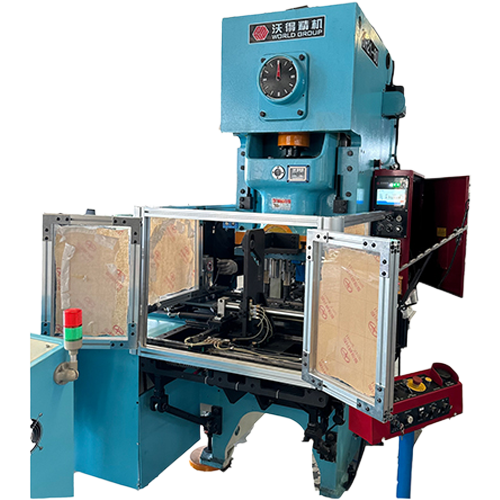Precautions for using simple can sealing machine
Precautions for using the simple can sealer:
1. It is not suitable for metal containers and metal covers, and you cannot press the start button on the metal table, otherwise it will cause damage to the machine.
2. Before turning on the power, you must plug in the induction aviation plug and tighten the screws.
3. Use a single-phase three-wire power cord. To ensure the safety of operators, a single-phase three-wire power socket must be used. Workplace floors must be kept dry to maintain insulation.
4. With automatic protection against overheating. When the internal temperature of the body is too high, the internal buzzer will continue to sound and the “pro md” yellow indicator light will light up. At this time, the main power switch should be turned off. After the cooling buzzer sounds a standby tone, the device can stop running and continue working.
5. During operation, you need to continuously touch the surface of the sensing head to check whether it is overheating. If it feels hot, stop heating and allow it to cool before operating (no power outage is required for cooling). When the “warm-up” green light goes out, do not press the start button in case it is triggered accidentally. Once the device has finished its work, turn off the power switch on the panel. 6. The equipment is equipped with fuses, and it is strictly prohibited to replace fuses larger than the specifications.
7. There is high voltage inside and the bottom plate is charged. It is strictly prohibited to make repairs without authorization to avoid electric shock.
8. If exposed wires are found before use, they should be stopped and the operation can be continued after maintenance.
9. During transportation, storage and use of equipment, it is prohibited to be hit, stressed or damp.
Recommended:http://www.zslekai.com/news/industry-news/906.html
Recommended Products


 EN
EN
 中文简体
中文简体 English
English













